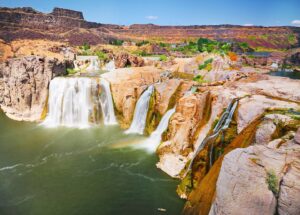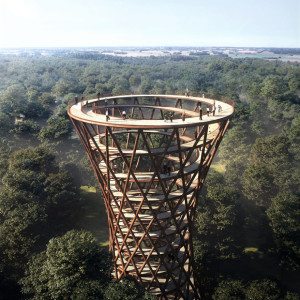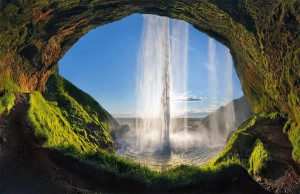The field of astronomy this decade delivered an embarrassment of riches: stunning accomplishment after stunning accomplishment from the exploration of space. Humans sent robots to the farthest reaches of the solar system, to the sun, to the gas giant Jupiter, and more.
We put together our favorite astronomy images and videos from the 2010s, in no particular order. Some of these images are awe inspiring for their beauty, or their remoteness, or for helping us understand our tiny place in the universe. Others are awe inspiring for the engineering achievements they represent, and give hope for what’s possible in the future. Behold, and enjoy.
“In this spectacular image, observations using infrared light and X-ray light see through the obscuring dust and reveal the intense activity near the galactic core. Note that the center of the galaxy is located within the bright white region to the right of and just below the middle of the image. The entire image width covers about one-half a degree, about the same angular width as the full moon.”
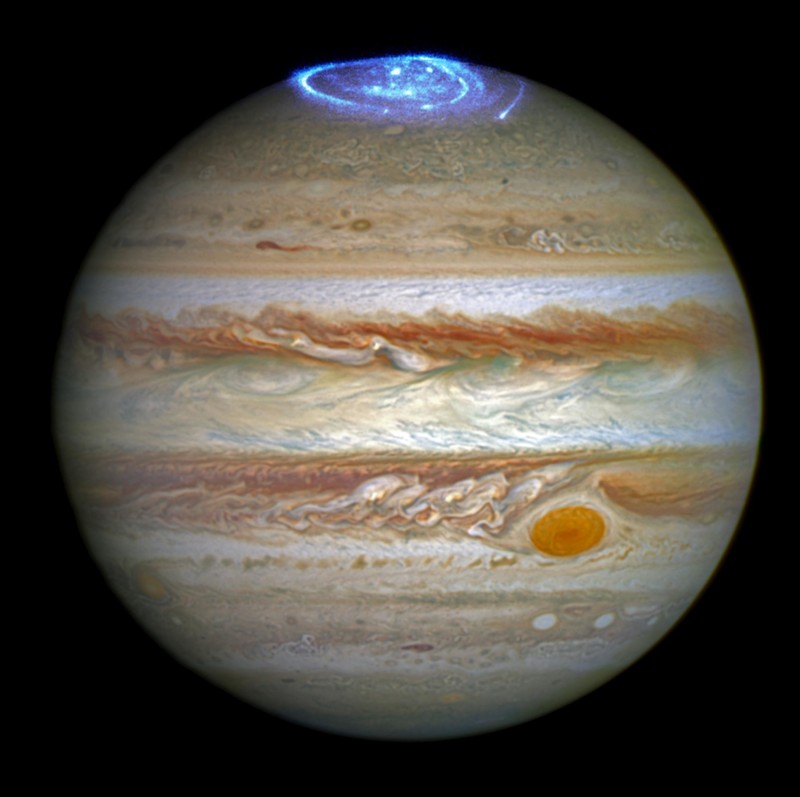
Jupiter’s Auroras
“Astronomers are using the NASA/ESA Hubble Space Telescope to study auroras — stunning light shows in a planet’s atmosphere — on the poles of the largest planet in the solar system, Jupiter. […] Jupiter, the largest planet in the solar system, is best known for its colorful storms, the most famous being the Great Red Spot. Now astronomers have focused on another beautiful feature of the planet, using Hubble’s ultraviolet capabilities.
The extraordinary vivid glows shown in the new observations are known as auroras. They are created when high-energy particles enter a planet’s atmosphere near its magnetic poles and collide with atoms of gas.”
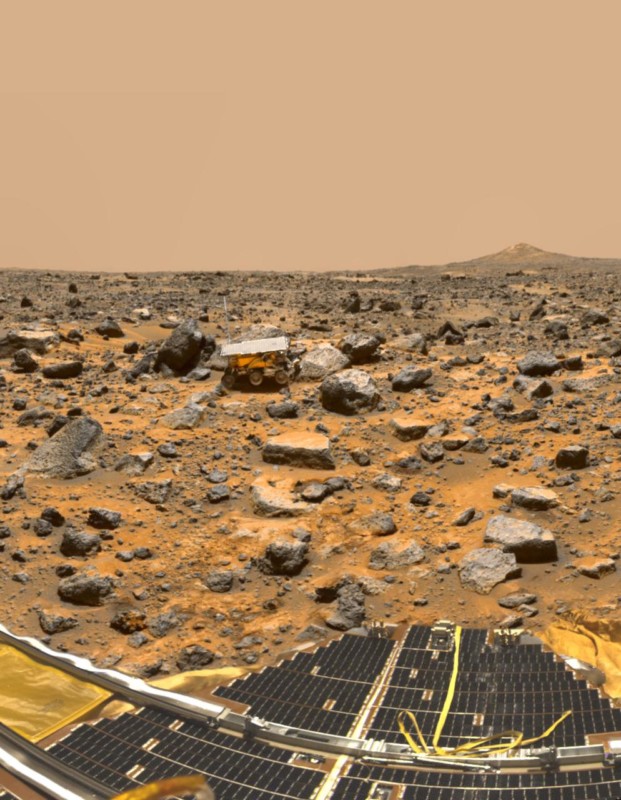
Pathfinder on Mars
A view of the Martian landscape shot by NASA’s Pathfinder rover on December 12th, 1997.

Andromeda Galaxy
“This image is from NASA Galaxy Evolution Explorer is an observation of the large galaxy in Andromeda, Messier 31. The Andromeda galaxy is the most massive in the local group of galaxies that includes our Milky Way.”

Mystic Mountain
“NASA Hubble Space Telescope captures the chaotic activity atop a three-light-year-tall pillar of gas and dust that is being eaten away by the brilliant light from nearby bright stars in a tempestuous stellar nursery called the Carina Nebula.”
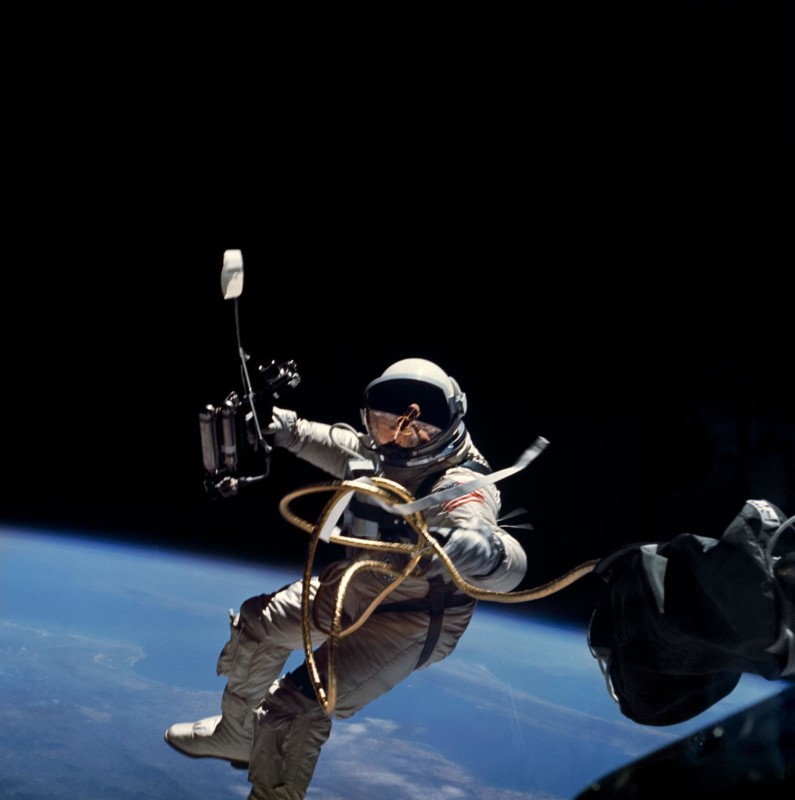
First American Space Walk
“Astronaut Edward H. White II, pilot on the Gemini-Titan 4 spaceflight, is shown during his egress from the spacecraft. His face is covered by a shaded visor to protect him from the unfiltered rays of the sun. White became the first American astronaut to walk in space. He remained outside the spacecraft for 21 minutes during the third revolution of the Gemini-4 mission.”

Buttes on Mars
“This view from the Mast Camera (Mastcam) in NASA’s Curiosity Mars rover shows an outcrop with finely layered rocks within the “Murray Buttes” region on lower Mount Sharp. The buttes and mesas rising above the surface in this area are eroded remnants of ancient sandstone that originated when winds deposited sand after lower Mount Sharp had formed. “
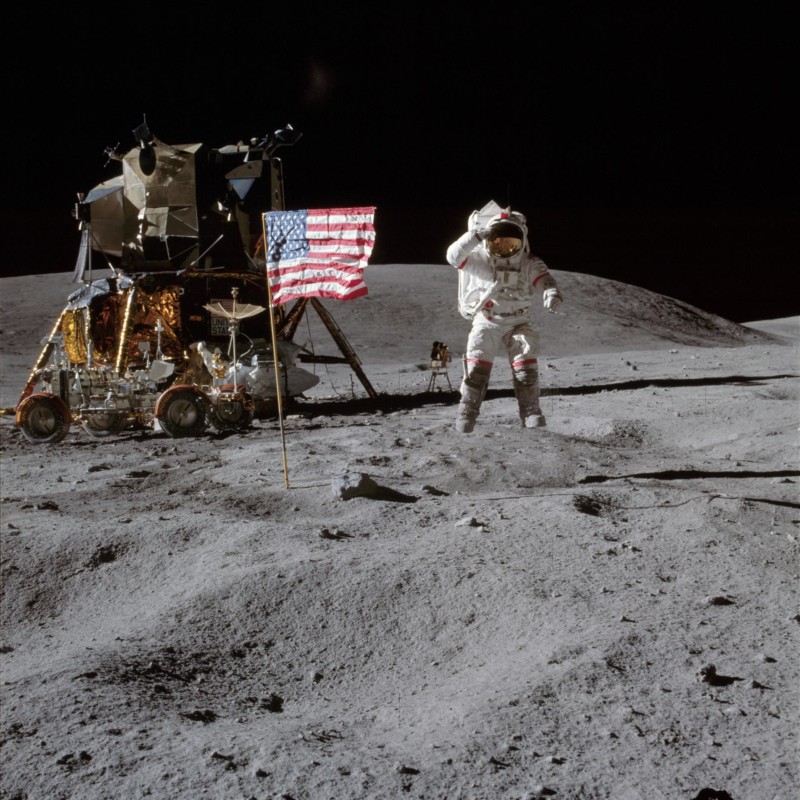
A Salute on the Moon
“Astronaut John W. Young, commander of the Apollo 16 lunar landing mission, leaps from the lunar surface as he salutes the United States flag at the Descartes landing site during the first Apollo 16 extravehicular activity (EVA).”


























